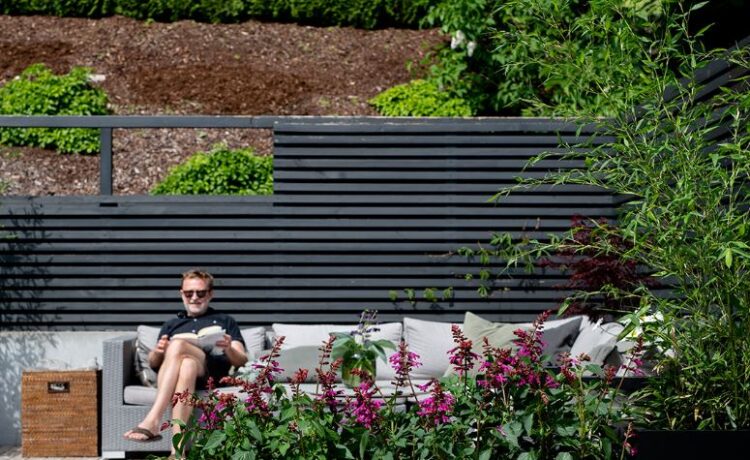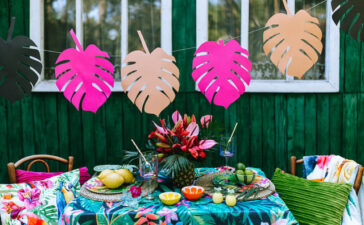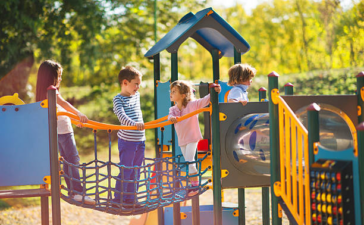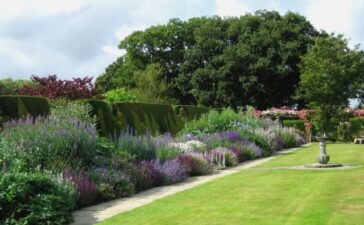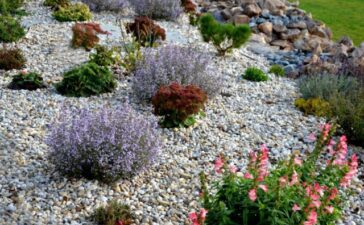Not all homeowners are blessed with spacious yards. Statistics show that in 2023, there were 64,000 newly built family houses with no outdoor features for gardening. But this shouldn’t stop you from having your own garden, even if that means getting creative with the concrete space you have. (1)
One way to have your own little green oasis is through container gardening. With plant boxes, you can make use of any space and turn it into a thriving, colorful garden. But not all plant boxes fit your space and needs. So, you need to consider what type of plant box will work best for your needs, and your local climate plays a starring role in that decision.
To guide you, here are some steps on how to pick decorative plant boxes that work with your environment, not against it.
Assess Your Climate Before Choosing Materials
First, you must identify your climate’s unique challenges. For example, if you’re living in a coastal area, you’ll likely be dealing with salt corrosion and high humidity, which can warp untreated wood or rust low-quality materials.
Meanwhile, for people living in arid regions, boxes made from plastic or thin ceramics are at risk of fading colors and cracking materials. In humid zones, you’ll often find mold thriving or organic materials like bamboo and cedar rotting away.
Cold climates are no picnic either, as freeze-thaw cycles can devastate porous materials like concrete planters. Concrete is particularly vulnerable when approximately 91% of its pore structure contains water. This damage initiates during the first winter and escalates annually, causing progressive surface erosion. (2)
After identifying your climate’s main threats, focus on choosing materials that can resist those issues. Aluminum, for instance, is perfect in coastal or rainy environments because it doesn’t rust, warp, or degrade under moisture. You can find aluminum plant boxes at Fine Design or other reputable garden furniture shops that mainly sell aluminum furniture.
On the other hand, for hot, dry climates, fiberglass or resin planters mimic the look of stone or ceramic without brittleness. They’re lightweight, resist fading, and won’t crack under extreme heat. And for those residing in colder regions, opt for thick plastic or reinforced concrete with proper drainage holes to resist freeze-thaw.
Select Materials That Check All The Boxes
Once durability is covered, you can now think about aesthetics. Essentially, your goal here is to find outdoor planter boxes that will complement your garden’s style while still resisting intense weather conditions.
Natural wood to composite planters
It’s no surprise that natural wood can easily add that cozy and rustic vibe to your garden. Some popular natural wood options are teak and cedar because they’re naturally tough against rot. Unfortunately, even these tough woods are prone to splintering and weathering without occasional sealing, especially in rainy areas.
So, if you really want to have that wood look for your garden but want to skip maintenance, you may consider composite plant boxes. They’re made from recycled materials, they copy wood’s texture and basically take care of themselves.
Lightweights and Wheeled options
Stone or terracotta plant boxes are unquestionably sturdy and, not to mention fancy-looking. However, they’re not always ideal, especially if you’re living in a high-rise apartment wherein dragging heavy pots seems impossible.
So, as alternatives, you can go for resin or fiberglass planters instead. They quite closely resemble the look of stone and terracotta planters minus the weight. You may also want to check out the planter boxes from BEDD or other similar brands that offer wheeled planters.
Using planters with wheels makes it much easier for you to reposition your plants according to the weather or move them occasionally to mix up your garden layout.
Metal planters
Various metal planters can add industrial or vintage flair to your container garden. However, they may vary in durability. Galvanised steel, for instance, is tough and rust-resistant, making it perfect for moderate climates.
On the other hand, copper planters develop a beautiful patina over time. For starters, a patina is a brown or green surface change that appears naturally due to various chemical reactions. This change of color can give your garden that charming, weathered look. (3)
Meanwhile, if you’re aiming for a sleek and modern vibe, lightweight aluminum or powder-coated steel in vibrant colors can be your best bet.
Selecting materials for your planters that are the right blend of durability and beauty ensures that your garden stays functional and visually appealing. So, consider the suggested options and see if they align with your climate and outdoor space design ethos.
Improve Drainage and Insulation for Plant Health
Even the sturdiest planter can’t do its job if it ends up harming your plants. This means good drainage is essential because, without it, water can pool at the bottom and cause root rot.
Look for plant boxes that come with pre-drilled drainage holes, or if you’re handy, you can add them yourself. For those who reside in rainy areas, try to elevate your planters a bit using feet or stands to boost airflow and avoid excess water.
Insulation is just as important. Thin metal or plastic can heat up fast in direct sunlight, which can be harmful to plant roots. So, look for double-walled planters or those made from sturdier materials like concrete or wood to help buffer against temperature changes.
Key Takeaway
Overall, picking plant boxes that thrive in your climate boils down to pairing weather-resistant materials with designs that reflect your personal style (or your desired aesthetic for your garden). So, always start by determining your local climate before you consider the aesthetics.
With the right plant boxes, you can create functional spaces for growing while also adding lovely features to your garden, enhancing your outdoor living’s curb appeal for many seasons.
References
- “Number of single-family houses built with no outdoor features in the United States from 2010 to 2023”, Source: https://www.statista.com/statistics/662241/number-of-single-family-homes-built-without-outdoor-features/
- “Thawing Cycle”, Source: https://www.sciencedirect.com/topics/engineering/thawing-cycle#:~:text=Deterioration%20of%20concrete%20caused%20by%20freezing%20and%20thawing%20may%20occur%20when%20approximately%2091%25%20of%20the%20pores%20are%20filled%20with%20water.
- “The Chemistry Behind Copper Patina”, Source: https://www.science.org.au/curious/technology-future/why-does-copper-turn-green


